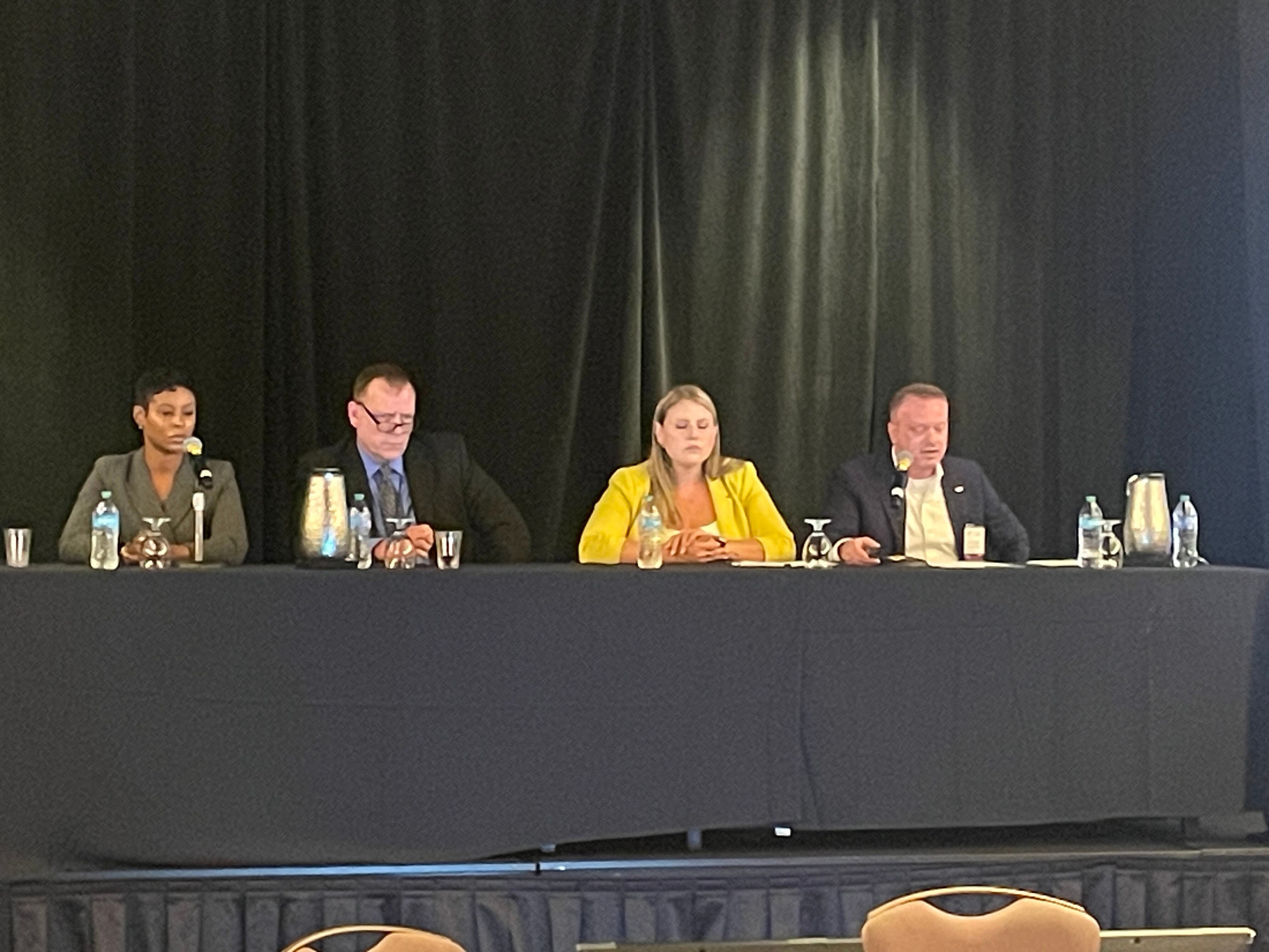Jackson County Prosecutor Unveils Crime Prevention Plan to National Group

Understanding the SAVE KC Initiative: A Focused Approach to Reducing Violence
In Kansas City, a significant portion of violent crime is linked to a small group of individuals involved in multiple offenses. This insight has led to the development of the SAVE KC initiative, a focused deterrence strategy that brings together police, prosecutors, and community service providers to tackle the root causes of violence.
At the National District Attorneys Association (NDAA) Summer Summit in Kansas City, organizations and agencies involved in the program shared their methods and results. The goal is to create a collaborative approach that addresses not only the immediate issues but also the underlying factors contributing to ongoing violence.
How Individuals Are Selected for the Program
Seth Fallik, PhD, an associate professor of criminal justice and criminology at the University of Missouri-Kansas City (UMKC), has studied focused deterrence models across the United States. He explains that this approach has proven effective in reducing gun and group violence in various cities.
“Focused deterrence has been initiated in many cities throughout the United States and is proven to be an efficacious way to approach gun and group violence,” Fallik said. “We have seen huge declines across the board in terms of what other cities have experienced, and so we decided we would take this evidence-based approach and adopt it here in Kansas City.”
The SAVE KC initiative began in May 2024, drawing from successful models used in other parts of the country. The program involves collaboration between the Kansas City, Missouri Police Department, the Jackson County Prosecutor’s Office, the City of Kansas City, and community service providers. It aims to address the root causes of the most common types of violence in the city.
Those invited to participate are typically individuals involved in criminal activity due to their group affiliations, such as gang members or those who frequently engage in violent acts with others. Police identify regulars—individuals who are repeatedly associated with violent crime, whether as suspects, victims, or witnesses.
The Call-In Process and Program Involvement
The call-in process is designed to be a “scared straight” type presentation from law enforcement. However, it is not a generic message; instead, it is tailored to the individual or group. During these sessions, service providers meet with participants to understand the reasons behind their involvement in violent crime and connect them with appropriate resources, such as housing, job placement, and counseling.
“It’s seeing the person that’s in front of you and then marrying the services to their individual needs,” Fallik said.
Jackson County Prosecutor Melesa Johnson emphasized that the program is voluntary. To date, more than 150 people have been invited to attend, with 62 accepting the invitation. She noted that participation is a choice, and while the program offers support, it cannot force individuals to make life-changing decisions.
“There’s no requirement that people participate in this program. It is a choice,” Johnson said. “We cannot make somebody get a new job. We cannot make somebody distance themselves from their childhood associations. It is your choice. If you do it, great. If you don’t, then you know what is on the other side.”
Not a Free Pass
Johnson clarified that the program is not a “get out of jail free card.” Those who commit crimes will still face prosecution, but participation and success in the program may influence the severity of the legal consequences. However, there is more to the program than just attending the call-ins.
“You have to have a life free of violence, and you have to live a life that removes yourself from being associated with individuals that are engaged in violence,” Johnson explained. “If you do not, and you pick up new cases or the cases that we already have on file and open for you, we will proceed with the full force of the law.”
She added that 99 eligible defendants have ultimately been charged in 225 state-level cases.
Measuring Success and Looking Ahead
Fallik cited some early metrics that suggest the program may be having an impact. “2024 saw a pretty substantial decline in homicides after back-to-back years of highs,” he remarked. Additionally, non-fatal shootings dropped by 30% in 2025 compared to the prior year.
However, he noted that homicides have increased slightly from 2024 at this point in time. Fallik pointed out that the rise in domestic violence homicides this year is not the focus of the SAVE KC initiative.
While the early numbers bring optimism, Fallik acknowledged that the 14 months the program has been in place is not enough time to definitively attribute the changes to the initiative alone. As a researcher, he emphasizes the importance of looking for long-term trends over extended periods.
Post a Comment for "Jackson County Prosecutor Unveils Crime Prevention Plan to National Group"
Post a Comment